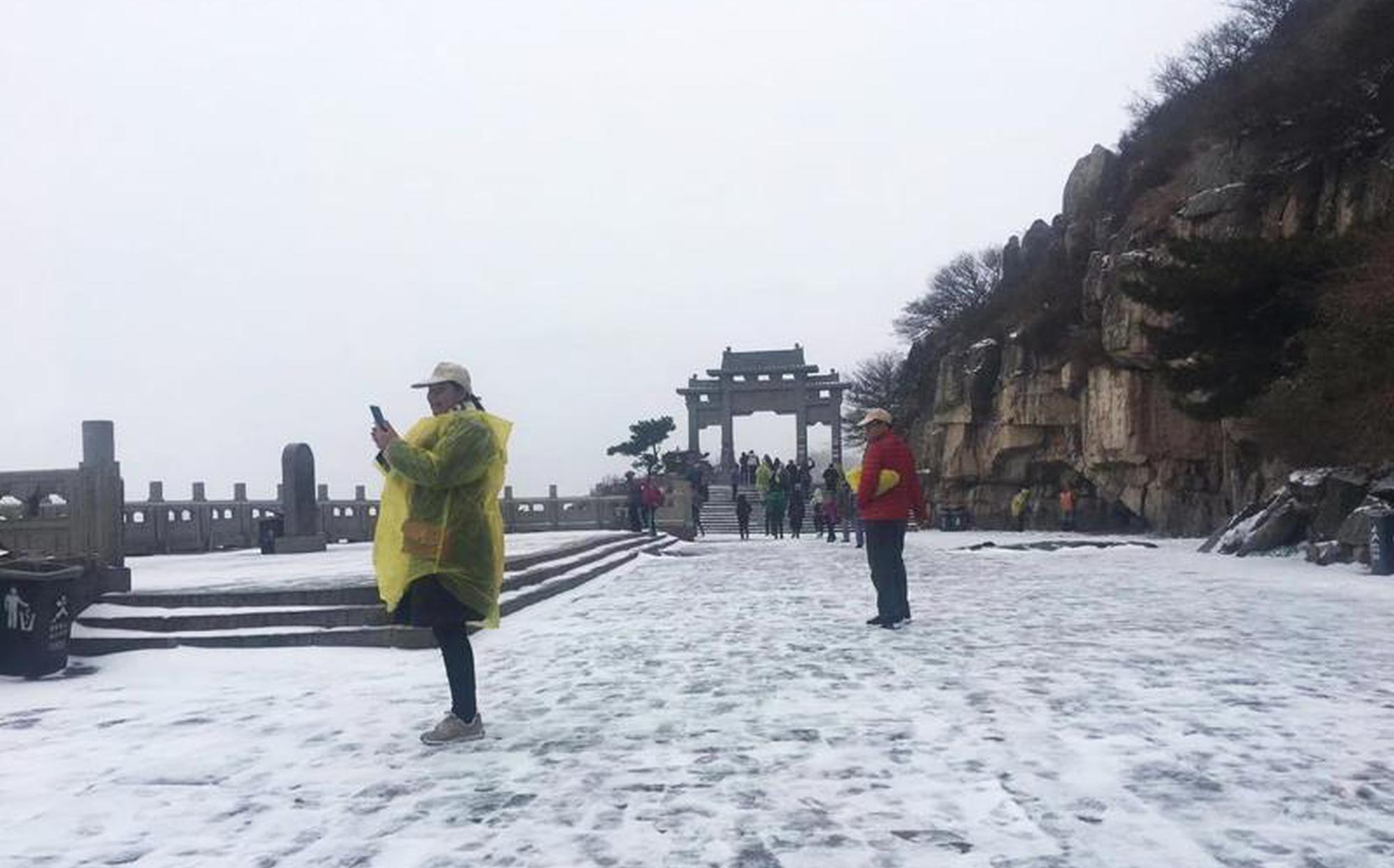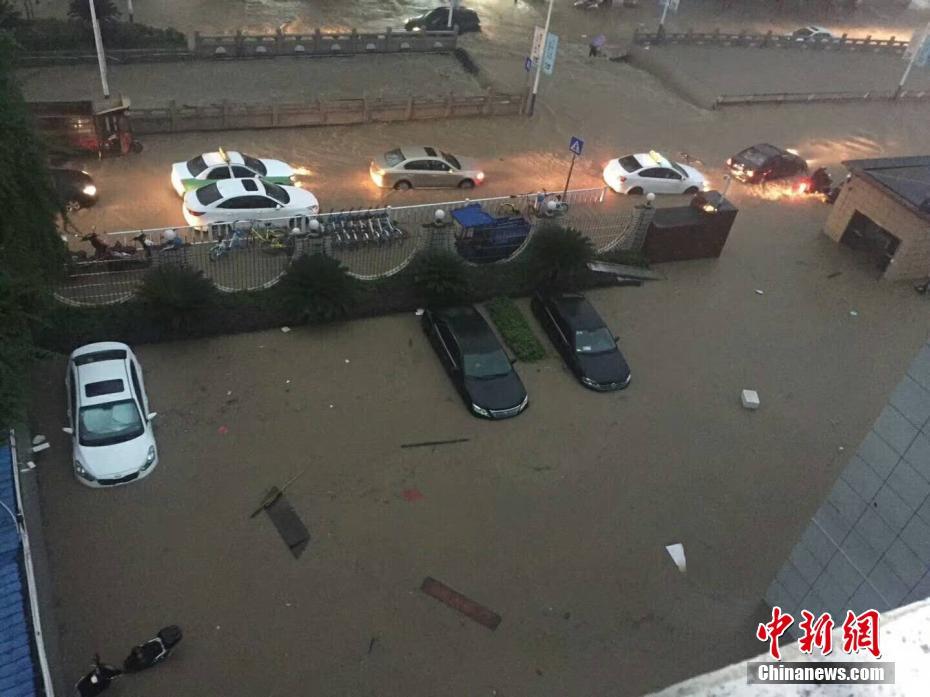【】
Aid worker Leila Helal doesn't have an easy job. She's working with the World Food Programme in South Sudan, a country currently facing a Level-3 Emergency — the U.N.'s classification reserved for the most severe, large-scale humanitarian crises in the world.
Here's the catch: Leila is fictional, but the situation in South Sudan is anything but. The country is facing widespread hunger and pockets of famine caused by conflict and drought.
SEE ALSO:New app lets you easily donate meals to Syrian refugee children for 50 centsThis is where we enter Living Level-3: South Sudan, a new online graphic novel created by the World Food Programme (WFP) to spread awareness of the real-life crisis and the people, like Leila, trying to solve it. It's a form of storytelling the organization hopes will inspire empathy and help galvanize the international community into action.
The graphic novel is the second installment of WFP's Living Level-3series, highlighting the organization's work in countries where its food distributions are often the only dedicated assistance millions of hungry people receive. The first installment, Living Level-3: Iraq, launched in January 2016 and focused on the same protagonist.
Now, LL3: South Sudantakes readers to the world's newest country to meet just a few of the 4.9 million South Sudanese people impacted by food insecurity and learn about the lifesaving efforts to help them.
 Credit: World Food Programme
Credit: World Food ProgrammeThe 48-page graphic novel offers a snapshot of what life is like for one family in South Sudan. The crops have turned brown and brittle, the well has run dry, and they've gone four months without substantial food. Like many others, war and hunger have forced them to abandon everything they worked hard for and flee toward Darfur. As one character later says, "If you're going to Darfur for a better life, things must be very, very bad for you."
"It's based on reality, but you have the creative license to show things you can't necessarily shoot."
These characters are all based on real people the WFP staff met on a May 2016 trip to the cities of Juba and Aweil. Head of television communications Jonathan Dumont, head of graphic design and publishing Cristina Ascone, and LL3: South Sudan's writer Joshua Dysart traveled to the region and stayed for two weeks. They gathered an enormous amount of footage, images, and interviews to act as a backdrop for the story, and then spent months putting it together.
Last September at Mashable's 2016 Social Good Summit, WFP debuted a short film from that trip featuring a South Sudanese man named Apu Riang and his family — the very family LL3: South Sudan's main characters are based on. By using a real family as inspiration, the organization hopes readers will become more interested in their stories and understand that people affected by hunger are not faceless.
The graphic novel is a truly global product. Dumont and Ascone are based in Rome; Dysart is based in Los Angeles; the artist is in Milan, the colorist in Paris, and the letterer in Germany. They chose to pursue a graphic novel because it allowed them to reach a different audience and communicate the story effectively. Unlike video and still photography, this medium made it easier to tackle the daunting challenge of creating empathy.
"We needed to make sure we're portraying the country, the people, everybody in the right way."
"It's based on reality, but you have the creative license to show things you can't necessarily shoot," Dumont said. "It's these intimate moments that may have happened to you, but you don't have the luxury of getting it on film unless you're shooting a feature film."
Both Dumont and Ascone agreed that in many ways LL3: South Sudanis like a storyboard for a feature film. But it offers a 360-degree, at-will view of what's happening to the characters and lets the creators develop them so readers can connect.
"It's taken many, many months because South Sudan is [complicated]," Ascone said. "You need to be very careful about what you're saying and how you're saying it. We needed to make sure we're portraying the country, the people, everybody in the right way."
 Credit: World Food Programme
Credit: World Food ProgrammeAscone was open about the fact that this is not a feel-good story. It details an ongoing, complex crisis, and it doesn't shy away from the severity of the situation. For example, the realities of South Sudan's impacts on the refugee crisis, and the anguish of those fleeing the country, are clear.
"If people know these stories, then there's hope."
"They may lose their lives," she said. "Their children may get sick. They may not recover. They may not find food. They may not have water. They may be attacked. They may be robbed."
But LL3: South Sudandoesn't leave you in despair. In fact, the creators insist that there's always hope.
"Basically it says, if people know these stories, then there's hope," Dumont said. "Because then there's the chance that, whether it's the World Food Programme or the U.N. or the international community, somebody will care. Somebody will be able to do something to help.
"I think that'sthe takeaway. And I think that's something the reader can use."
Dumont and Ascone are already working on a third graphic novel for the LL3series, which will act as a kind of backstory of one the peripheral characters.
In the meantime, you can read Living Level-3: South Sudanin full, below. For full-screen and a mobile-optimized version, click here.
To learn more about the famine in South Sudan and how you can help, visit the World Food Programme website.
Featured Video For You
Indian startup is using banana fibre to make cheap, biodegradable sanitary pads for women in need
TopicsSocial Good
- 头条新闻
- More than half of women in advertising have faced sexual harassment, report says
- If you want to stay cool this summer, don't be afraid to look corny
- This week in apps: Book spa treatments with Google, take retro photos, and more
- NASA's closest photos of Jupiter's Great Red Spot don't disappoint
- Mom discovers security cameras hacked, kids' bedroom livestreamed
- The Navy's silent drone destroyer is this ridiculously powerful laser
- Prince Charles is a brilliant Harry Potter reader who does 'all the voices'
- Ashton Kutcher's LinkedIn page shows exactly why sexism persists in tech
- Carlos Beltran made a very interesting hair choice
- Sorry, casual fans, but Captain Spip of the 'Biowhale Deep Space' series is NOT a woman
- 图片新闻
- 新闻排行榜








